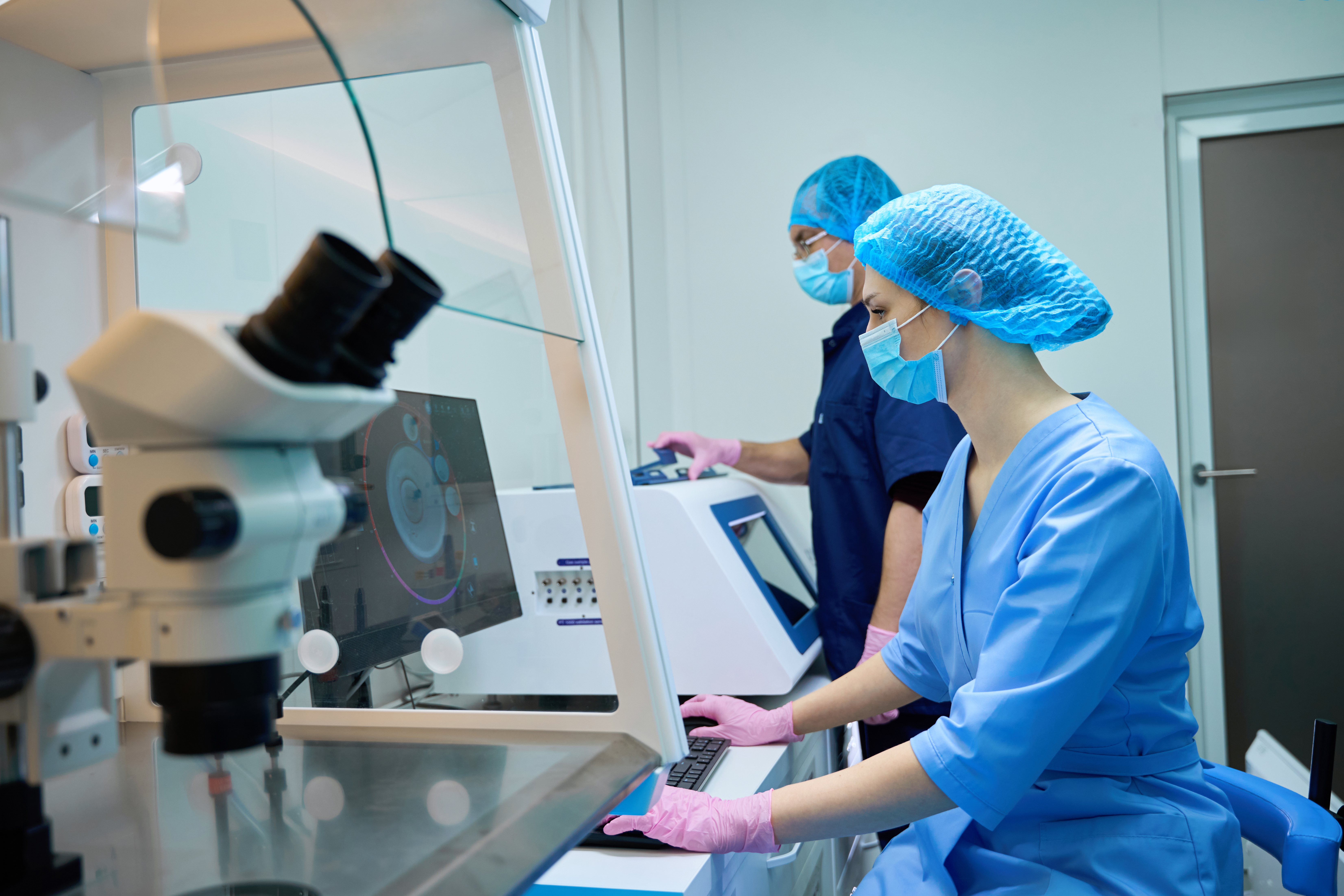Culturing human embryos under optimal conditions is essential for the success of an in vitro fertilization (IVF) program. Equally important is the ability to accurately assess and rank embryos based on quality, enabling the transfer of the embryo with the highest developmental potential first. This approach can shorten the time to achieve pregnancy, although it does not necessarily improve cumulative pregnancy or live birth rates. It also supports and promotes the practice of single embryo transfer, thereby enhancing safety for both the mother and the child.
Time-lapse imaging technology introduces the concept of stable culture environments combined with continuous monitoring and documentation of embryo development. Despite these advancements, embryo quality assessment—even when based on large datasets or time-lapse systems—still relies largely on subjective and intermittent annotations of morphological features and developmental timings.
Moreover, the development of robust and universally applicable algorithms is hindered by significant variations in culture conditions across IVF laboratories. Emerging methodologies using machine learning offer a promising alternative: by analyzing every frame of time-lapse recordings, these systems can identify patterns associated with clinical outcomes. In the future, such approaches may lead to more accurate and unbiased embryo selection.

